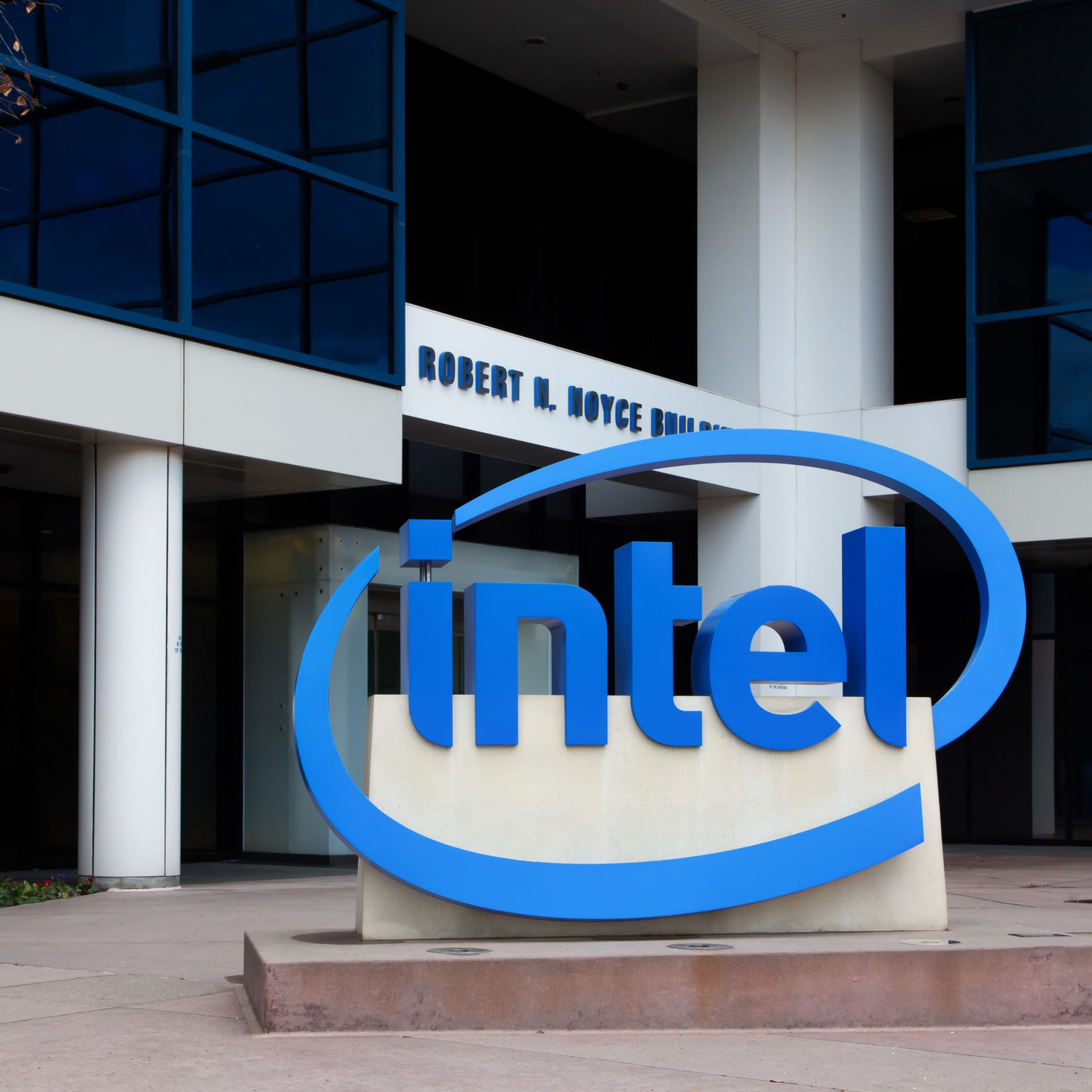NASA’s Stratospheric Observatory for Infrared Astronomy (SOFIA) has used its onboard Faint Object infrared Camera for the SOFIA Telescope (FORCAST) to discover water molecules on the sunlit surface of the Moon. For the first time, there are indications that water may be distributed across the Moon’s surface, and not limited to just cold, dark areas of the lunar surface.
SOFIA’s infrared camera, used in conjunction with a 106-inch diameter telescope, picked up ‘the specific wavelength unique to water molecules, at 6.1 microns, and discovered a relatively surprising concentration in sunny Clavius Crater.’ This crater is one of the largest craters visible from Earth and is in the Moon’s southern hemisphere.
Casey Honniball is the lead author who published the results as part of her graduate thesis work at the University of Hawaii at Mānoa. She is now a postdoctoral fellow at NASA’s Goddard Space Flight Center in Maryland. Of the discovery, Honniball says, ‘Prior to the SOFIA observations, we knew there was some kind of hydration. But we didn’t know how much, if any, was actually water molecules – like we drink every day – or something more like drain cleaner. Without a thick atmosphere, water on the sunlit lunar surface should just be lost to space. Yet, somehow we’re seeing it. Something is generating the water, and something must be trapping it there.’ If you’d like to read the full paper, it has been published in Nature Astronomy.
Data gathered using SOFIA’s onboard camera shows water in Clavius Crater in concentrations of 100 to 412 parts per million, ‘roughly equivalent to a 12-ounce bottle of water trapped in a cubic meter of soil spread across the lunar surface.’ Paul Hertz, director of the Astrophysics Division in the Science Mission Directorate at NASA Headquarters says, ‘We had indications that H2O – the familiar water we know – might be present on the sunlit side of the Moon. Now we know it is there. This discovery challenges our understanding of the lunar surface and raises intriguing questions about resources relevant for deep space exploration.’
It’s not a lot of water, about 1% of the water found in the Sahara desert, but it’s a significant discovery. The work of the SOFIA team has uncovered new questions about how water is created and how it persists on the airless Moon. Further, water is a critical resource in deep space exploration. NASA’s Artemis program is keen to learn more about the presence of water on the Moon, and ideally, discover a way to access water in its pursuit of establishing a sustainable human presence on the Moon by 2030.
‘Water is a valuable resource, for both scientific purposes and for use by our explorers,’ said Jacob Bleacher, chief exploration scientist for NASA’s Human Exploration and Operations Mission Directorate.’ Bleacher continues, ‘If we can use the resources at the Moon, then we can carry less water and more equipment to help enable new scientific discoveries.’
As to how the water molecules ended up on the surface remains an unanswered question. One theory is that ‘Micrometeorites raining down on the lunar surface, carrying small amounts of water, could deposit the water on the lunar surface upon impact.’ Another theory involves a two-step process ‘whereby the Sun’s solar wind delivers hydrogen to the lunar surface and causes a chemical reaction with oxygen-baring minerals in the soil to create hydroxyl’ which is then transformed into water by radiation from micrometeorites.
SOFIA, which is a modified Boeing 747SP jetliner, typically focuses on very distant objects, such as black holes, galaxies and star clusters. In fact, the newly-published results are from SOFIA’s very first mission looking at the Moon. The team was essentially testing the tracking capabilities of its equipment, and this test produced a significant discovery. Additional flights will take a further look at the lunar surface.
SOFIA’s standard observations take place during a 10-hour overnight flight and captures images at mid- and far-infrared wavelengths. You can view some of the images it has captured by clicking here.
This is far from the first time NASA’s camera technology has produced meaningful, significant scientific discovery. Looking to the future, NASA’s Perseverance is currently about halfway to Mars, carrying a rover outfitted with a record-breaking 19 cameras. These cameras will capture incredibly detailed images of the Martian landscape.














